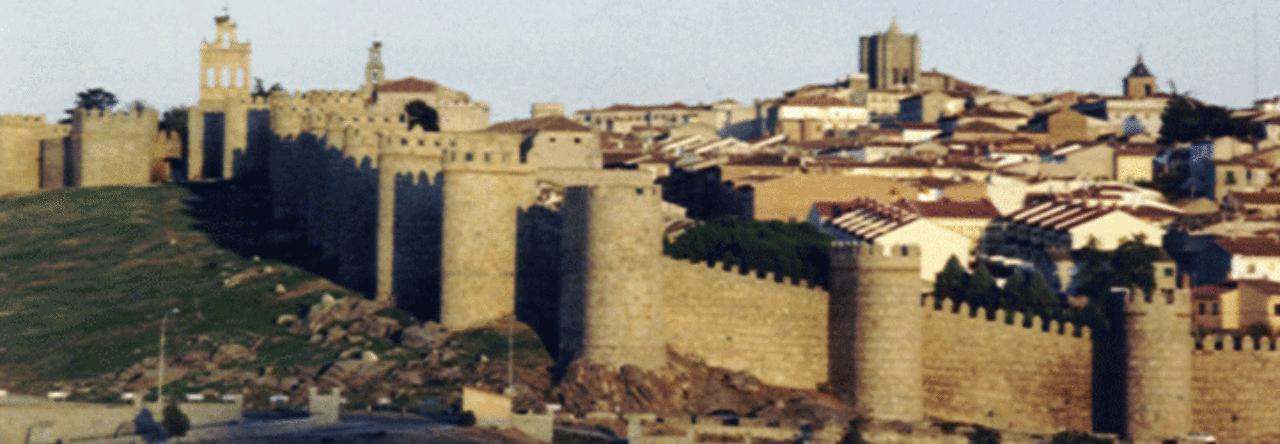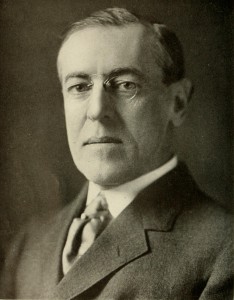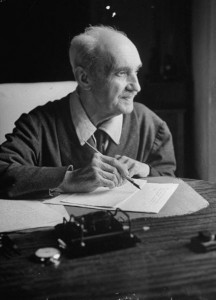 To Charles Augustus Strong
To Charles Augustus Strong
Rome. December 21, 1933
Dear Strong
I am very glad to hear from you and to know that your family party is going on happily. You will doubtless have a lovely Christmas tree, and much jollification. I hope nothing will happen to make either of the children end by crying, as usually happens on great occasions. Please give Margaret and George, for themselves and the children, my best New Year’s wishes. And will you ask George if he received two numbers of a Spanish review called Cruz y Raya (Plus & Minus) and, if so, whether he would like me to send him more copies. It is written by intellectual Catholics and I find it most interesting and instructive. They are full of German philosophy. Not long ago there was an article on “Nothingness” by Martin Hedegger, beautifully translated. They also translated my “Long Way Round to Nirvana.”
From The Letters of George Santayana: Book Five, 1933-1936. Cambridge, MA: The MIT Press, 2003.
Location of manuscript: Rockefeller Archive Center, Sleepy Hollow NY.









